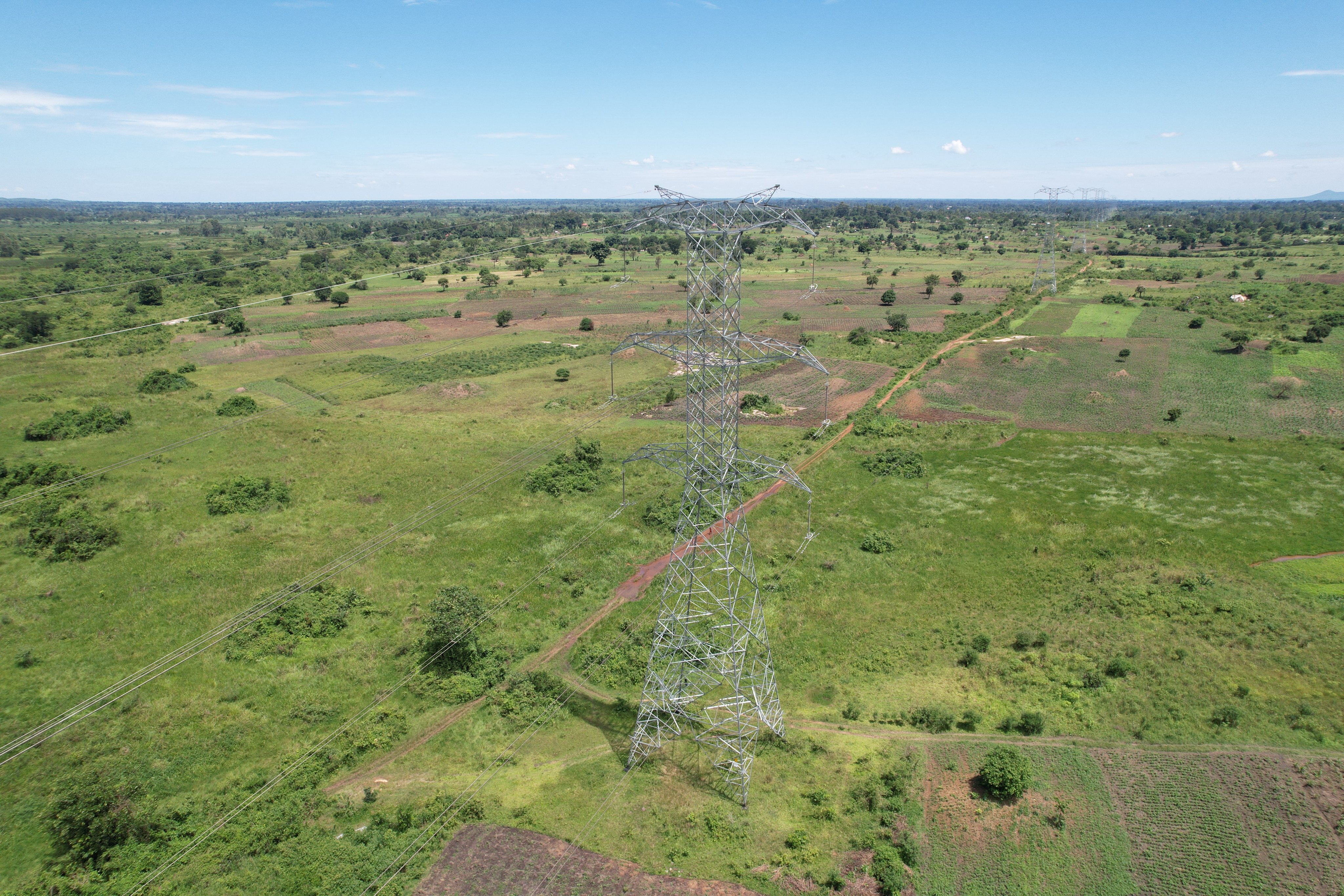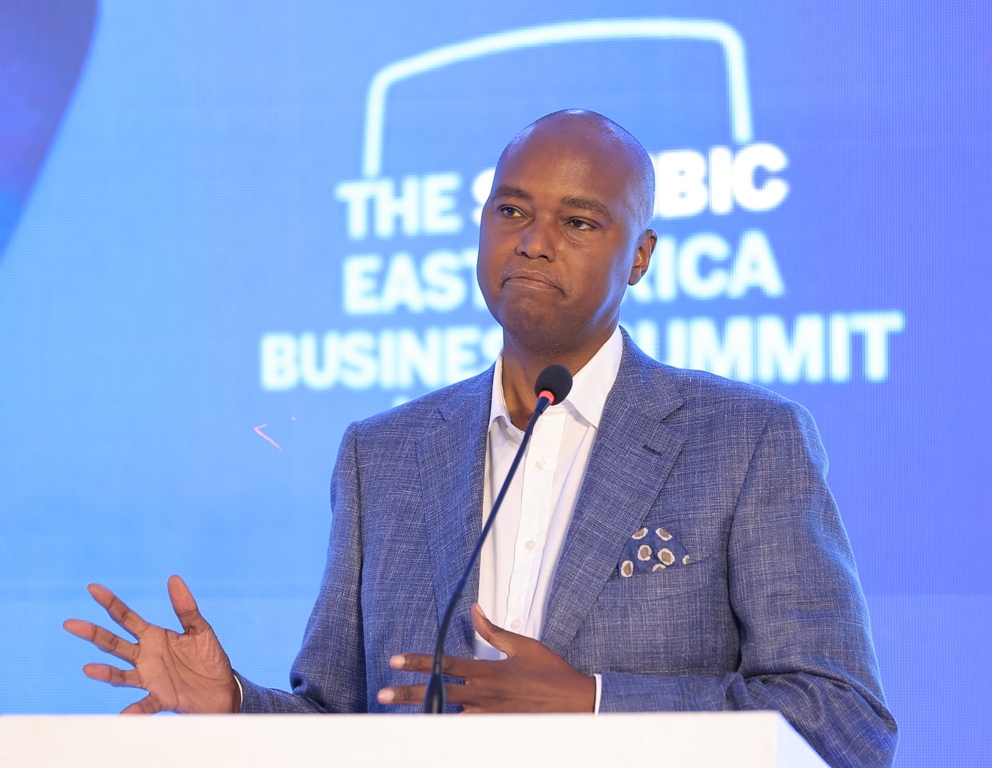Energy & Minerals Sector: Booming output, lingering leaks, and untapped prosperity in Q3 2024/25
These findings are contained in the Energy and Minerals Statistics Report for q3-2024/25, released by Uganda Bureau of Statistics’ Department of Production and Environment Statistics.

Uganda’s energy and minerals sectors recorded significant growth in the third quarter of the 2024/25 financial year, with electricity generation, fuel sales, and mineral output seeing substantial increases. However, the gains are overshadowed by critical efficiency challenges, particularly in power distribution and mineral value addition, raising questions about the sector’s long-term contribution to shared prosperity.
These findings are contained in the Energy and Minerals Statistics Report for q3-2024/25, released by Uganda Bureau of Statistics’ Department of Production and Environment Statistics. The Q3 report paints a picture of robust volume but struggling value and efficiency.
A Snapshot of Mixed Fortunes
The quarter saw a remarkable 11% surge in power generation capacity, reaching 2,053 MW – the fastest growth since the Karuma Hydropower Plant came online. Power purchased also rose for the fifth consecutive quarter, up 4.2% to 1.80 TWh. Fuel imports and sales both climbed over 5%, even as the average petrol pump price eased by 2%, offering a rare tax-free reprieve for motorists.
Minerals output vaulted by 20% to 718 kilotonnes (kt), marking the steepest quarterly jump since Q1 2022. These figures highlight a sector brimming with potential and increasing activity.
Uganda’s Power Predicament
Despite the leap in generation capacity, a significant challenge persists: technical losses within the transmission and distribution network. UETCL’s (Uganda Electricity Transmission Company Limited) loss ratio hit 7.4%, the highest in two years and double the 3.5% target set by the Electricity Regulatory Authority (ERA).
These unbilled electrons are not just numbers; they represent substantial financial drain. The 86 GWh lost translate into an estimated UGX 49 billion in forfeited revenue per quarter, equivalent to the cost of financing 350 km of medium-voltage rural power lines.
Such inefficiencies directly impede efforts to expand access, meaning the current 2.45 million customers could have been 2.5 million without these leaks, hindering the nation’s electrification goals.
Demand Outpacing Last-Mile Investment
While electricity supply grows, last-mile connections are lagging. Domestic customer growth slowed to less than 1%, the slowest since 2020. Alarmingly, 95.8% of all consumers are still households, predominantly low-consumption users (under 100 kWh/month).
Industrial intake, particularly for extra-large tariffs, remains flat. This explains why tariffs for factories (UGX 284/kWh) are now a staggering 63% below what a typical household pays for a kitchen bulb.
This significant pricing signal explicitly invites industrial growth, yet grid reinforcement needed to support it appears insufficient. Umeme’s backlog of 38,000 unconnected applications, as revealed in an August 2025 ERA hearing, underscores a critical bottleneck in infrastructure, rather than a lack of demand.
Fuel Market: A Temporary Reprieve
Uganda’s transport-led economy was underscored by a 5.4% rise in petrol sales. The 2% drop in pump prices was largely attributed to lower global Brent crude prices (down 8% Jan-Mar) and a stable shilling.
However, with taxes (UGX 1,450/litre) remaining untouched and the East African Crude Oil Pipeline (EACOP) refinery still a distant blueprint, every litre of fuel remains an import. This continuous reliance exposes the shilling and national reserves to the volatility of global oil markets.
Minerals: Volume Without Value
The minerals sector’s impressive 20% output jump is largely driven by low-value commodities. Pozzolana and limestone account for a dominant 90% of total tonnage but contribute only 51% of the sector’s value. Gold, wolfram, and cassiterite—critical minerals with higher value—together constitute less than 0.1% of total output.
This scenario highlights a classic “comparative-advantage trap,” where Uganda predominantly exports raw cement feedstocks while importing refined metal products. The planned gold refinery in Entebbe (USD 200 million, China National Nuclear Corp.) offers a beacon of hope for altering this mix, but its transition from “MOU to molten metal” remains eagerly awaited.
Policy Directives for Sustainable Growth
To address these critical gaps and unlock Uganda’s full potential, the report suggests several policy interventions:
Loss-Reduction Ordinance: Implement a stringent power loss cap, mirroring Kenya’s 5% target, coupled with a penalty-reward scheme for UETCL and Umeme.
Tariff Re-balancing: A strategic shift of 2-3 U.S. cents from domestic to industrial tariffs for 24 months, with direct VAT refunds to compensate lifeline consumers.
Mineral Beneficiation Incentives: Zero-rate import duty on essential flotation chemicals and smelters, tied to a 70% local workforce quota to foster local expertise and value addition.
Data Timeliness Law: Make quarterly energy and mining returns statutory, akin to VAT filings, imposing a flat fine of USD 5,000 for non-filing. The current 90-day data lag is deemed an “eternity” for informed investor decisions.
Bottom Line: Growth is Not Enough
Uganda’s energy and minerals dashboard is blinking green for volume, amber for value, and red for efficiency. The country boasts the capacity to power a factory for half the cost of running a household toaster, yet it loses enough electricity to light every streetlight in Kampala for a year.
Until these significant leaks are plugged and Uganda moves beyond merely extracting and exporting raw materials, growth will remain a story of more tonnes, more litres, more megawatts – but not necessarily more jobs or more shillings in Ugandan pockets. The challenge for policymakers now is to transform this potential into tangible, inclusive prosperity.energ







